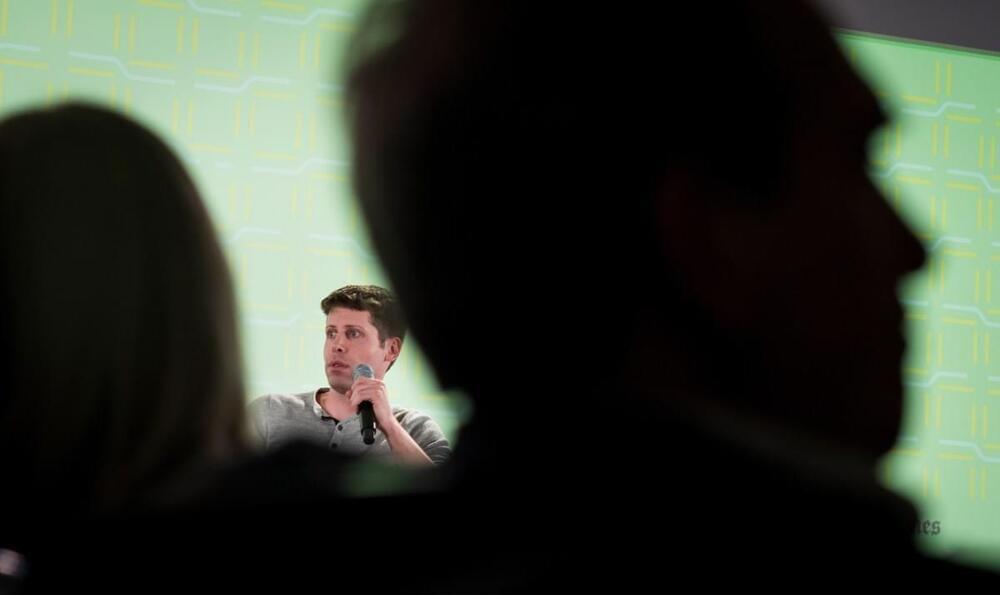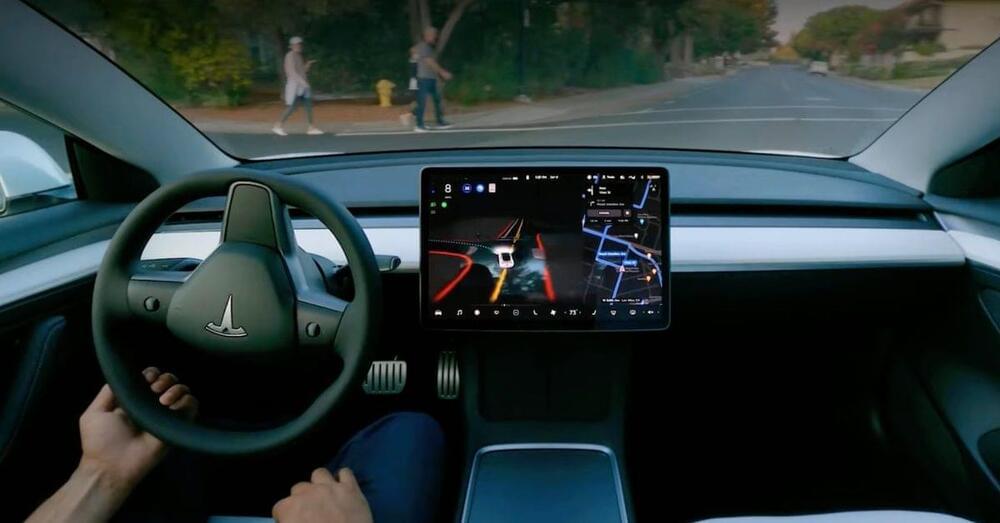OpenAI co-founder and president Greg Brockman has quit the firm, he said Friday, hours after the Microsoft-backed giant abruptly fired its chief executive Sam Altman and assured that Brockman would remain at the startup. Brockman’s sudden departure adds to the day’s uncertainties at OpenAI, following closely on the heels of its maiden developer conference led by Altman.
“I’m super proud of what we’ve all built together since starting in my apartment 8 years ago. We’ve ben through tough & great times together, accomplishing so much despite all the reasons it should have been impossible,” wrote Brockman in a message to OpenAI team. “But based on today’s news, I quit. Genuinely wishing you all nothing but the best. I continue to believe in the mission of creating safe AGI that benefits all of humanity.”
OpenAI earlier said that Brockman was stepping down as chairman of the board, but will remain at the firm. Brockman, who co-founded OpenAI with Altman, is a close confidant of the former OpenAI chief executive.









